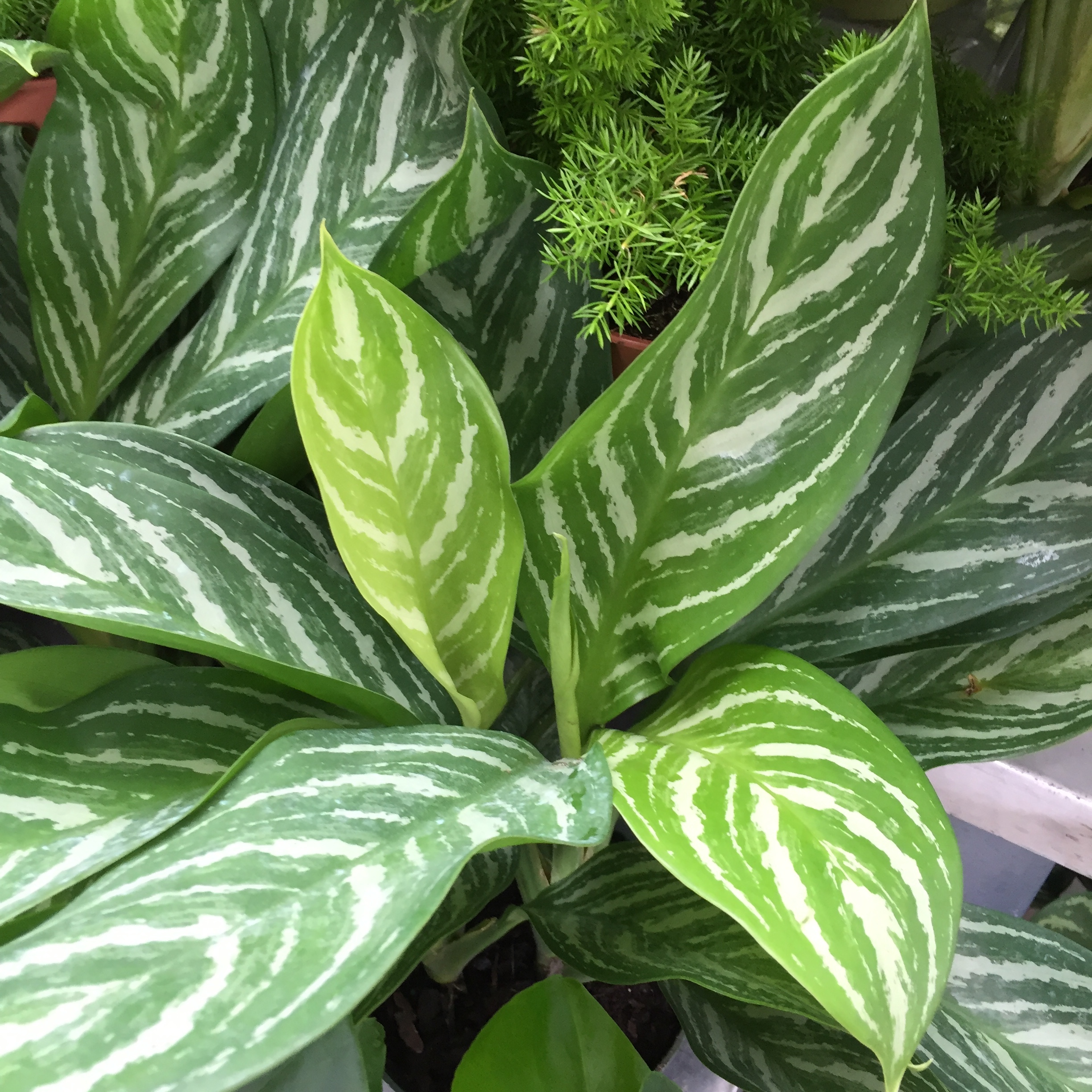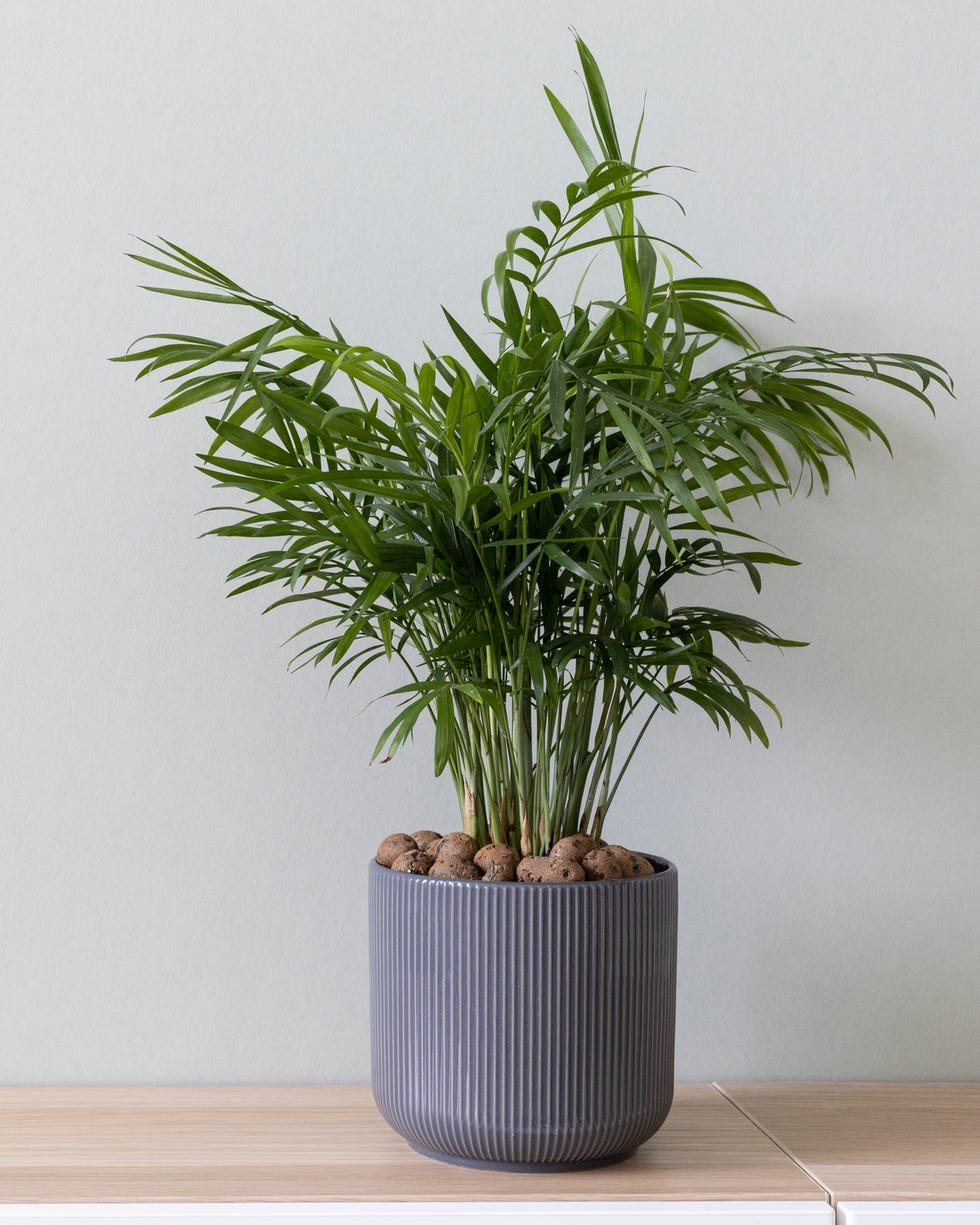Where to Place the Best Low-Light Indoor Plants in Your Home for Maximum Impact
Where to Place the Best Low-Light Indoor Plants in Your Home for Maximum Impact
Blog Article
Uncover the Keys of Low-Light Indoor Plants and Just How They Enhance Your Setting
Low-light interior plants have garnered raising focus for their distinct capability to improve both visual allure and environmental top quality within work environments and homes. These resilient species, consisting of the Snake Plant and Peace Lily, not only grow in difficult illumination problems but likewise play a critical function in air filtration and psychological wellness.
Advantages of Low-Light Indoor Plants
Although lots of individuals assume that indoor plants call for plentiful sunlight to thrive, low-light interior plants offer a wide variety of advantages that make them ideal for various environments. Among the key benefits is their versatility; they can flourish precede with restricted natural light, such as offices, basements, or areas with little home windows. This function permits individuals to boost their environments with plant, adding to enhanced aesthetic appeals without the demand for comprehensive lights modifications.
Furthermore, low-light indoor plants can significantly improve indoor air high quality by launching and filtering dangerous toxins oxygen, making living areas healthier. The existence of plants has been linked to better feelings of tranquility and focus.
Furthermore, low-light plants usually call for less maintenance than their sun-loving counterparts, making them excellent for active people or those brand-new to gardening. Their strength enables them to grow with very little treatment, hence providing a fulfilling experience for plant lovers and newbies alike. In summary, low-light interior plants offer both useful and visual objectives, making them important enhancements to any type of room.
Top Low-Light Plant Varieties
Low-light indoor plants can be found in a variety of species, each offering one-of-a-kind attributes and benefits suited for dark settings. Amongst the most prominent ranges is the Snake Plant (Sansevieria), recognized for its building fallen leaves and air-purifying abilities. This resistant plant thrives on forget and can endure a large range of light conditions.
An additional exceptional selection is the ZZ Plant (Zamioculcas zamiifolia), which includes shiny, dark environment-friendly fallen leaves and is extremely drought-tolerant. Its versatility makes it a favorite for offices and homes with limited sunshine.
The Pothos (Epipremnum aureum) is additionally a top competitor, with its routing creeping plants and heart-shaped fallen leaves - Best low-light indoor plants. This versatile plant can be educated to climb up or cascade, adding aesthetic passion to any kind of space

Treatment Tips for Low-Light Plants
Looking after low-light indoor plants calls for a nuanced understanding of their details demands to guarantee optimal development and vigor. It is crucial to choose the best potting mix, as a well-draining soil is vital to avoid root rot. A mix designed for houseplants, typically containing peat moss and perlite, works well for a lot of low-light ranges.
Watering is one more key aspect of treatment. Low-light plants normally require less frequent watering compared to their sun-loving equivalents.
Fertilizing should be approached with care. Throughout the expanding season, a watered down liquid plant food can be applied monthly, yet in winter months, many low-light plants get in dormancy and need little to no fertilizing.
Finally, it's important to occasionally cleanse the fallen leaves to get rid of dirt, enabling far better light absorption. By sticking to these care pointers, you can cultivate a flourishing environment for your low-light indoor plants, improving both their appearance and longevity.
Enhancing Air High Quality With Plants
Indoor plants play a substantial duty in enhancing air top quality within homes and workplace rooms. Via the procedure of photosynthesis, these plants take in carbon dioxide and launch oxygen, adding to a much healthier atmosphere. Furthermore, particular low-light indoor plants possess the capability to filter unsafe contaminants, such as formaldehyde, trichloroethylene, and benzene, which are commonly found in indoor settings.

Furthermore, the existence of interior plants can increase moisture levels, which helps ease completely dry skin and respiratory issues, even more boosting general well-being. This ability to improve air top quality not just advertises physical wellness yet also supports mental health.
Incorporating low-light indoor plants right into your living and read the full info here functioning rooms can cause a much more vibrant and invigorating environment (Best low-light indoor plants). Spending in these all-natural air purifiers is a simple yet efficient check out this site strategy for improving interior air quality and cultivating a much healthier way of living
Producing a Serene Indoor Room
The combination of plants right into living areas not only enhances air high quality however additionally adds to a serene ambience. Low-light indoor plants, such as snake plants and pothos, are especially reliable in producing a serene atmosphere, as they flourish in conditions that might otherwise be unwelcoming for various other plant. Their lush vegetation offers a relaxing visual, decreasing anxiety and advertising leisure.
Integrating these plants into your office or home can stimulate a sense of peace and wellness. Strategically positioning them in areas where you spend significant time, such as living offices or rooms, enables an immersive experience with nature, which has been revealed to improve mood and cognitive function.
Moreover, the gentle motion of fallen leaves in feedback to air flow can produce a dynamic aesthetic component that boosts the overall setting. Consider using a range of plant elevations and structures to add depth and interest to your room. With thoughtful positioning and treatment, low-light indoor plants can change any type of area into a peaceful shelter, fostering not only aesthetic satisfaction but likewise psychological and psychological health.

Verdict
Including low-light interior plants right into numerous environments yields significant advantages, consisting of improved air high quality and boosted visual charm. The transformative power of low-light plants emphasizes their worth in improving both occupational and domestic setups.
Although several people assume that indoor plants need bountiful sunlight to prosper, low-light interior plants offer a multitude of benefits that make them suitable for various atmospheres.Furthermore, low-light indoor plants can substantially improve interior air top quality by releasing and filtering unsafe contaminants oxygen, making living rooms healthier. In addition, particular low-light interior plants possess the capacity to filter damaging toxins, such as benzene, formaldehyde, and trichloroethylene, which are frequently located in interior atmospheres.
Low-light indoor plants, such as snake plants and pothos, are specifically effective in producing a tranquil atmosphere, as they thrive in problems that may or else be unwelcoming for other greenery.Incorporating look at this now low-light indoor plants into numerous settings returns considerable advantages, consisting of boosted air top quality and boosted aesthetic appeal.
Report this page